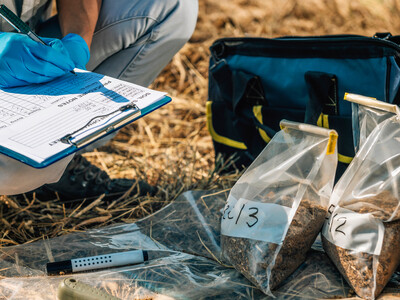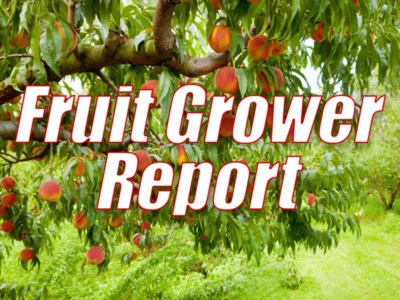Manure applications
University of Idaho researchers are pioneering technologies that have potential to turn a liability for dairymen – animal waste – into revenue-generating products.What would setting up commercial operations to transform dairy manure and lagoon water into usable products entail logistically? Would consumers accept products made from cow excrement? Would it be cost-effective to produce them? How should supply chains be established?
A team of agricultural economists is seeking to answer those key questions by building on technological discoveries made by researchers as part of a five-year, $10 million USDA Sustainable Agricultural Systems grant.
More than 20 U of I faculty members and several graduate students are participating in different aspects of the research.
“We’re trying to use resources already on a dairy in more ways to increase revenue and reduce costs for dairy farmers and improve the environment in the region,” said U of I agricultural economist Patrick Hatzenbuehler.
Work under the grant started in September 2019, initially focused on manure application and its effects on soils and nutrient uptake by crops.
Future research will expand into the economics of converting manure into renewable bioplastic, as well as separating it into valuable, concentrated crop nutrient components that can be substituted for commercial fertilizer.
A third project involves studying the feasibility of commercializing technology using iron and ultraviolet light to sterilize dairy lagoon water and capture the nitrogen, potassium, phosphorus and biochar it contains for application on crops.
Demand for manure is currently on the rise due to record high fertilizer prices, and manure also can improve soil organic matter and microbial activity. Thus, increasing revenue or reducing costs from more efficiently obtaining nutrients from manure is a topic of great interest for many dairy industry stakeholders.













